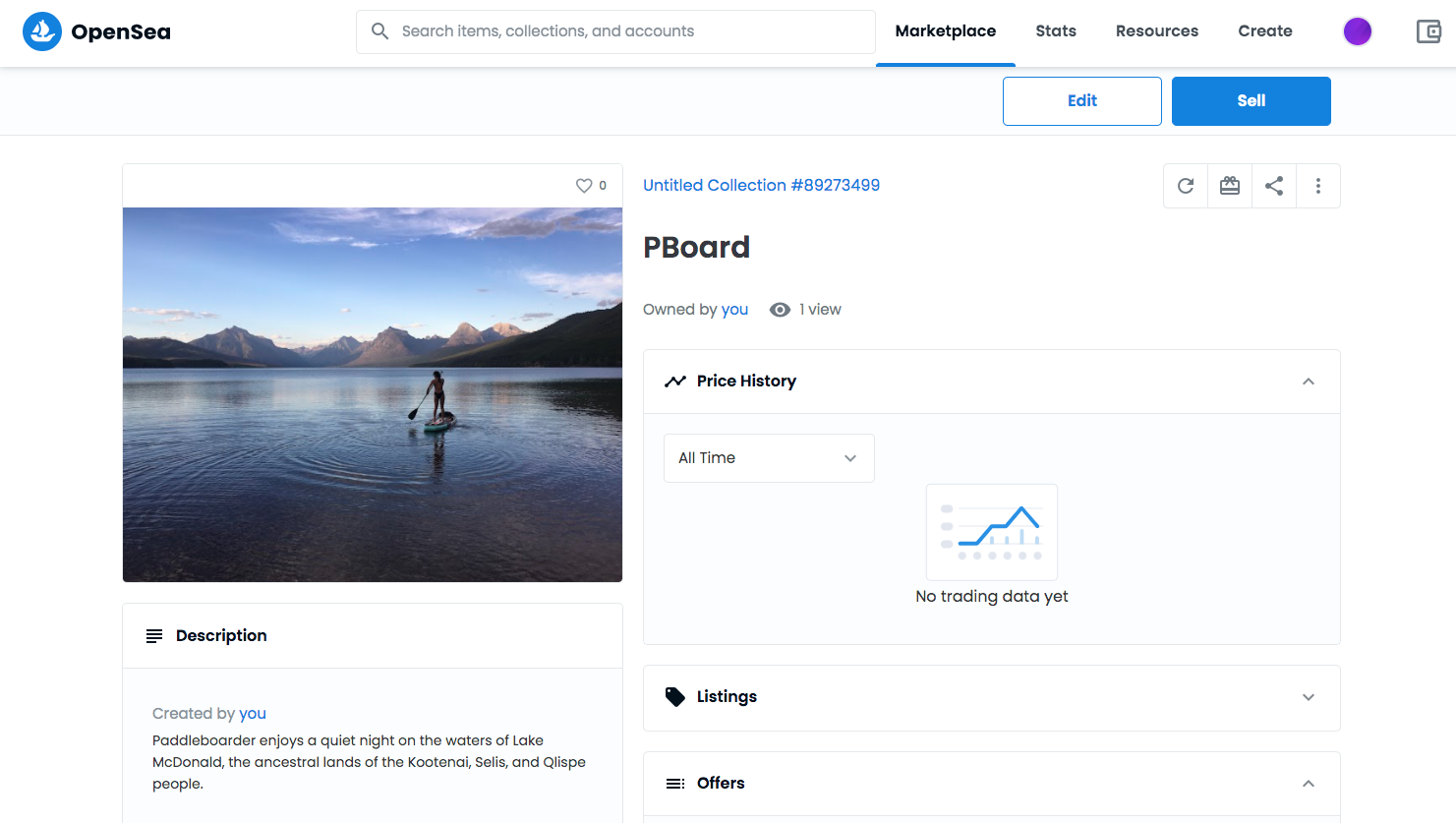
When your day job keeps you busy for 40+ hours per week, it’s hard to take on new tasks or pay attention to new initiatives. But one thing 2020 taught us is that the digital initiative doesn’t take vacation days. So when enabling technologies and platforms like the metaverse come around, banks and fintechs need to pay attention.
First, let’s look at what the metaverse is and what it is not. You can think of the metaverse as immersive, collaborative internet. In some respects, the metaverse is already here. Users are already collaborating with each other on multiple platforms, and alternate realities– whether in 2D or 3D– have been around for decades. However, though the metaverse will be accessible via virtual reality, it is not the same as virtual reality.
The metaverse is at an early stage and is still not well defined. Despite this, banks and fintechs still need to be paying attention. Here’s why.
It’s not the first time fintech has tried to embrace a different reality
In 2014, many fintechs and even some established financial services companies launched mixed reality experiences in the form of Google Glass, which was released to the public in May of 2014. Top Image Systems (now Kofax), Fiserv, eBankIT, and Wallaby Financial (now Bankrate) all released tools for Google Glass in 2014.
Most are familiar with the fate of Google’s mixed reality glasses– they were discontinued in 2015. The failure of Google Glass is not the point, however. What matters is the speed at which this group developed around the new technology. We can expect the same for the metaverse.
You’re already behind
It’s easy to sleep on trends that seem like they are nothing but hype. Despite that, if you’ve been sleeping on this trend, you’re already behind. JP Morgan announced yesterday that it has joined the metaverse by opening a virtual lounge. Located in Decentraland, JP Morgan’s Onyx Lounge shows a timeline of the bank’s blockchain innovations, has three videos to watch, and has a tiger walking around.
The bank also released a white paper on opportunities in the metaverse. “There is a lot of client interest to learn more about the metaverse,” JPMorgan’s Head of Crypto and the Metaverse Christine Moy told Coindesk. “We put together our white paper to help clients cut through the noise and highlight what the current reality is, and what needs to be built next in technology, commercial infrastructure, privacy/identity and workforce, in order to maximize the full potential of our lives in the metaverse.”
In five years, you’ll wish you had paid attention
If there’s nothing to the metaverse right now, why bother paying attention? Because five years from now you’ll wish you had been paying attention.
While it’s easy to say that about any risk-laden investment such as real estate or tech stocks, you can consider the example of cryptocurrency. What if your organization had been investing in crypto research five years ago? You may have already been leveraging the benefits of stablecoins or smart contracts. The metaverse is just one more way to invest in the future of your organization.
Metaconomy
One very attractive aspect of the metaverse is that it is intertwined with the blockchain. In the metaverse, digital assets will be exchanged for digital currencies in a new economy. There is even speculation that work will take place in the metaverse. According to JP Morgan, $54 billion is spent on virtual goods each year and NFTs have a current market capitalization of $41 billion. Banks won’t want to be left out of this new metaconomy.
It’s where you’ll find your next clients
Generation Z* and Generation Alpha** are not only digital natives, many of them are mixed reality natives. They’ve grown up with virtual reality headsets and spend hours a day in parallel universes such as Fortnite. To capture the attention of this group, there is no doubt that financial services companies will need to meet these young clients where they are.
If JP Morgan’s bet on Decentraland is any indication, banks and fintechs should start planning their first move in the metaverse. However, as Cornerstone Advisors’ Alex Johnson recently pointed out, they may want to hold off on building their first bank branch in the metaverse.
*people born between 1997 and 2012
**people born between 2011 and 2025
Photo by julien Tromeur on Unsplash













